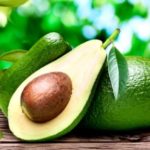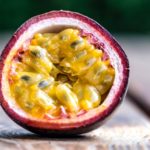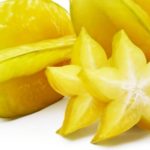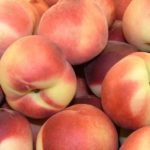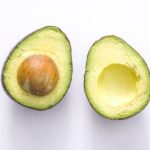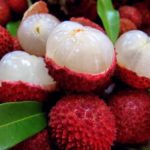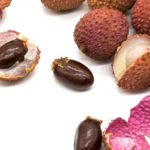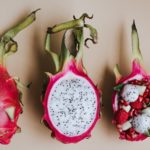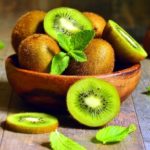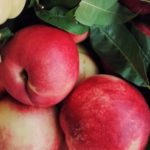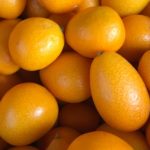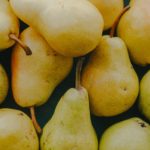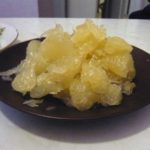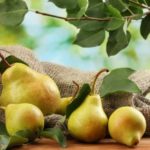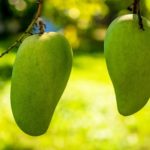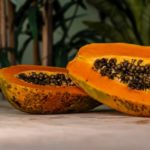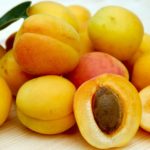Pamela fruit
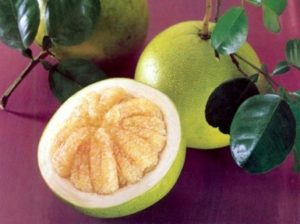 Not so long ago, on the shelves of our stores, large-scale fruits, called pamela or, broomstick, appeared, not quite usual for Russians. Sophisticated, in the last couple of decades, all sorts of rare exotic fruits, the inhabitants of our cities do not really favor this overseas fruit, despite its relatively high price. And pamela deserves more attention for many factors.
Not so long ago, on the shelves of our stores, large-scale fruits, called pamela or, broomstick, appeared, not quite usual for Russians. Sophisticated, in the last couple of decades, all sorts of rare exotic fruits, the inhabitants of our cities do not really favor this overseas fruit, despite its relatively high price. And pamela deserves more attention for many factors.
People who come across this new fruit for the first time often before buying, try to find out from the seller what it is and what it is eaten with. Standing nearby, you can hear a lot of questions from customers: how is the pamela, what is the calorie content, what is the benefit and harm from it, where and how does the pamela grow, can it be used for weight loss? In response, you can hear such that the ears fade. One trader, looking like a guy in the Caucasus, said that this is such a new sort of Mandarin, the second, Tajik or Uzbek, insisted that it was a special sort of melon that grows far in the desert.
And one lady from the crowd even said that this is a genetically modified grapefruit and it is by no means impossible because cancer can develop from it. After listening to all these tales, we decided to write this short review in order to give reliable information about the nutritional and medicinal properties of this new fruit for us, as well as some cautions when using it. We hope that it will be useful to find out both buyers and hapless sellers, so that they would not mislead us.
Where and how does a pomelo grow?
Homeland pomelo or pomepliusa is the south of China and the equatorial islands of the Pacific Ocean. In particular, it is quite common in the Cook Islands. In the 15th century, Pomeplius fell to Europe, spread to Barbados, on the islands of the Caribbean. Now it is quietly growing in Taiwan, in the south of Japan, in Vietnam, in Indonesia, in Tahiti, in California, and even in Israel.
Since this fruit was brought to Europe by the English navigator Sheddok, in some places the name of him was named after him, and it is called the sheddog. At home in China, this fruit is particularly popular. The Chinese consider this fruit to be a symbol of prosperity and give it on the New Year, so that wealth and luck come to the house. Maybe that’s why, so long, the Chinese have protected these fruits in secret from strangers.
Pomelo trees are quite high, sometimes reaching a height of 8-10 meters. The branches have large glossy leaves and many internal spines, some varieties without thorns.
Pamela blooms with large white flowers, the fruits grow either alone or 6-8 pieces in close proximity to each other. Fruits are large, ranging in size from two to three kilograms, sometimes up to 10 kg.
The rind is dense yellow-green. Under the skin, large slices and large seeds. The aroma is quite pleasant as that of all citrus fruits.
Pamela looks like a grapefruit or an orange, but much larger in size, and the taste is also quite different, less sweet with a little pleasant bitterness. The peel is quite thick on the outside, dense, it separates quite easily. Inside the fruit is divided into large slices, which are easily broken down into a kind of fleshy juicy threads.
What is calorie broom?
Pomelo low-calorie product. 100 grams of pulp contains no more than 35-40 kcal. But its nutritional properties are such that after eating three hundred – four hundred grams of pamela pulp, a person feels satiated. This is its property is very valuable when dieting for weight loss, ate – like and fed, do not want to eat and at the same time received a minimum of calories. But, nevertheless, it contains quite a lot of different trace elements: calcium, potassium, iron, sodium, phosphorus. Cellulose is only 0.5% -0.7%, proteins 0.4% -0.8%, fats 0.1% -0.3%. There are vitamins A, C, B1, B2, B5, B9. According to the recommendations of nutritionists, it is good to use pamela for carrying out fasting days as well as for mono-diets.
